Parent firm will then sell on three manufacturing sites to Novo Nordisk to boost capacity for diabetes and weight loss drugs
Novo Holdings – the parent of Novo Nordisk and Novozymes – has agreed to buy contract drug manufacturing organisation (CDMO) Catalent for $16.5 billion (£13 billion). Novo Holdings will then transfer three of Catalent’s manufacturing sites to Novo Nordisk for $11 billion, to support Novo Nordisk’s efforts to meet surging demand for its injectable semaglutide-based diabetes and obesity drugs Ozempic and Wegovy.
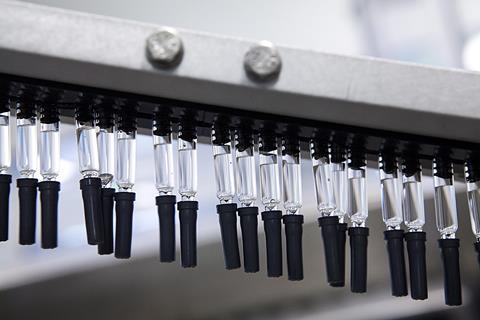
The plants in Anagni, Italy; Bloomington, US; and Brussels, Belgium specialise in producing injectable drugs and two already providing filling lines for Wegovy. Novo Nordisk has struggled to meet booming demand for its semaglutide drugs, which work by mimicking the GLP-1 hormone. This acquisition comes on top of a commitment to spend DKK42 billion (£5 billion) to increase its manufacturing capacity in Kalundborg, Denmark and DKK16 billion in Chartres, France.
Wegovy is a highly profitable drug that Novo would sell more of if it could raise production. Novo had to limit the number of new US patients starting Wegovy treatment in May 2023, owing to supply restrictions. While it has managed to increase supplies since then, ‘Novo doesn’t have enough manufacturing capacity and supply capacity at the moment to match the rising demand,’ says Kostas Selviaridis, a supply chain researcher at Lancaster University, UK. ‘One problem in managing supply chains is to balance supply and demand, and there is always a time lag.’ That time lag is exacerbated for sterile injectables, because of the extra complexity in setting up appropriately controlled manufacturing units.
Eli Lilly too has struggled to meet demand for its GLP-1 analogue Mounjaro (tirzepatide). This was approved for diabetes in the US, Canada and Europe in 2022 and has been used off-label for obesity since then. The drug’s US approval for treating obesity (marketed as Zepbound) in November has further accelerated demand. The mismatch between demand and supply of the new diabetes and obesity drugs has encouraged copycats and counterfeits.
‘If Eli Lilly and Novo Nordisk were easily able to increase production volumes, they would have done so,’ Ivan Lugovoi, professor of supply chain management at Kühne Logistics University in Hamburg, Germany. ‘There is not enough manufacturing capacity.’
In a statement, Novo Nordisk chief executive Lars Fruergaard Jørgensen said acquiring the three sites will enable the company ‘to serve significantly more people living with diabetes and obesity in the future.’ It is expected to gradually boost the firm’s filling capacity from 2026 onwards.
‘By purchasing Catalent, this allows Novo Nordisk to meet demand by controlling manufacturing and really gaining more power over its supply chain,’ says Janel Firestein, who heads up life sciences at Clarkson Consulting. ‘This is one of the most interesting deals in a while and came out of the blue. There’s lots of benefits [for Novo Nordisk].’
Lilly, meanwhile, expressed concern around the move by Novo Holdings, as it also has existing contracts with the three manufacturing sites to make its own diabetes and obesity treatments. Lilly’s chief executive, David Ricks, told the Financial Times that was unusual given ‘a growing concern about control of critical nodes in the medical technology supply chain’ from competition authorities.
The site acquisitions give Novo Nordisk a competitive edge over Lilly in the anti-obesity drug market, says Lugovoi. ‘Novo Nordisk, in my opinion, has concluded that it will be a fight for the cost of production, with the winner having the lowest costs,’ he says. ‘By having production in-house, Novo Nordisk can develop capabilities for process innovation.’
He thinks Catalent will abide by contracts and not jack up the price excessively on Lilly, but the plants could preferentially devote capacity and process innovation efforts to Novo Nordisk, allowing it to benefit from lower costs or greater efficiency, for example. ‘Maybe Eli Lilly will require some segregation around all the knowledge in the company, but it is extremely difficult to achieve,’ Lugovoi adds.
The EU’s drug regulator will investigate any risks to the availability of medicines processed at Catalent sites that will be sold to Novo Nordisk, Reuters reported.
Eli Lilly will likely look for alternatives to Catalent, but switching will be a challenge. Any tech transfer to another manufacturer would take time, add costs and risk various problems. ‘For Eli Lilly, this is a significant headache,’ says Lugovoi. ‘Catalent will not add extra capacity for Eli Lilly, which will be asking itself why it didn’t buy Catalent.’
This issue goes beyond Lilly. ‘There will be other companies, already partners with Catalent in research and development of their own products, who will be concerned, especially if Catalent is helping with their GLP-1 product,’ says Firestein. All organisations will now need to weigh up the risk of moving to other CDMOs and the time it would take to do a tech transfer, which could jeopardise their supply chains too, she adds.
Novo Nordisk said it would meet all customer obligations at the Catalent sites, once the deal closes. In its investor call at the end of 2023, the company made clear that it takes time to bring plants for making injectables online and that there is a finite supply of expertise, machinery and suppliers, which will crimp production ramp up.
Lugovoi sees the Catalent deal as part of a wider shift. ‘When you outsource manufacturing, you don’t have all the manufacturing data or experience in producing at scale,’ he says. ‘I see a really big trend for more vertical integration, with companies wanting control over manufacturing, quantity and quality of their really critical drugs.’





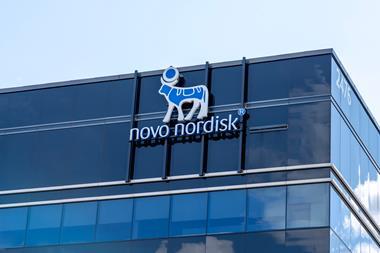
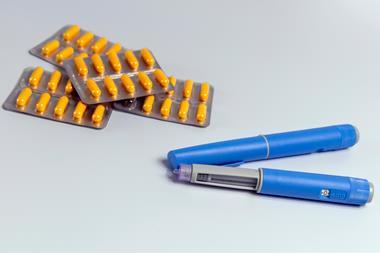
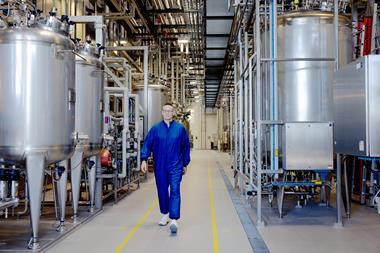

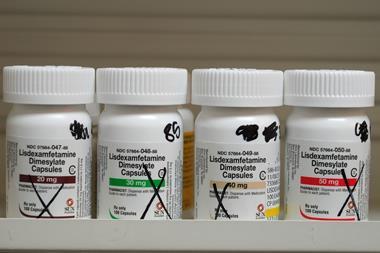
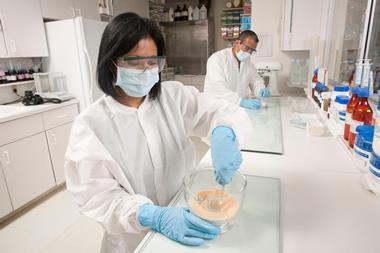






No comments yet